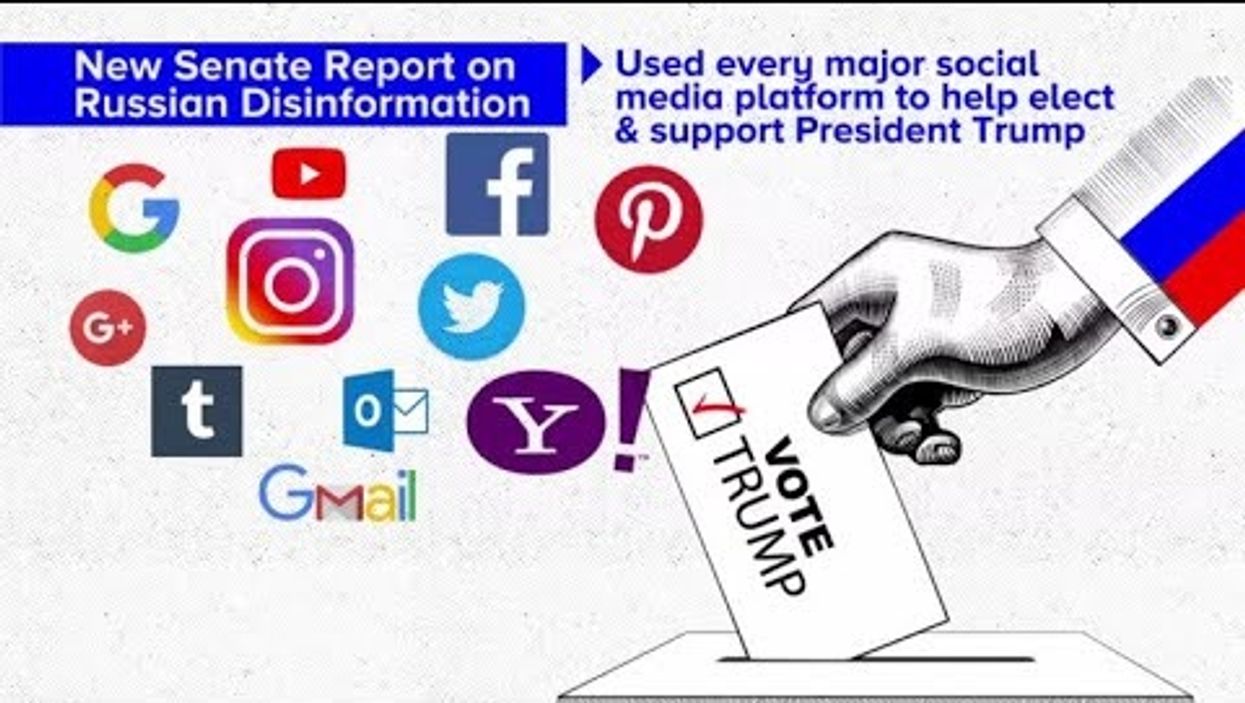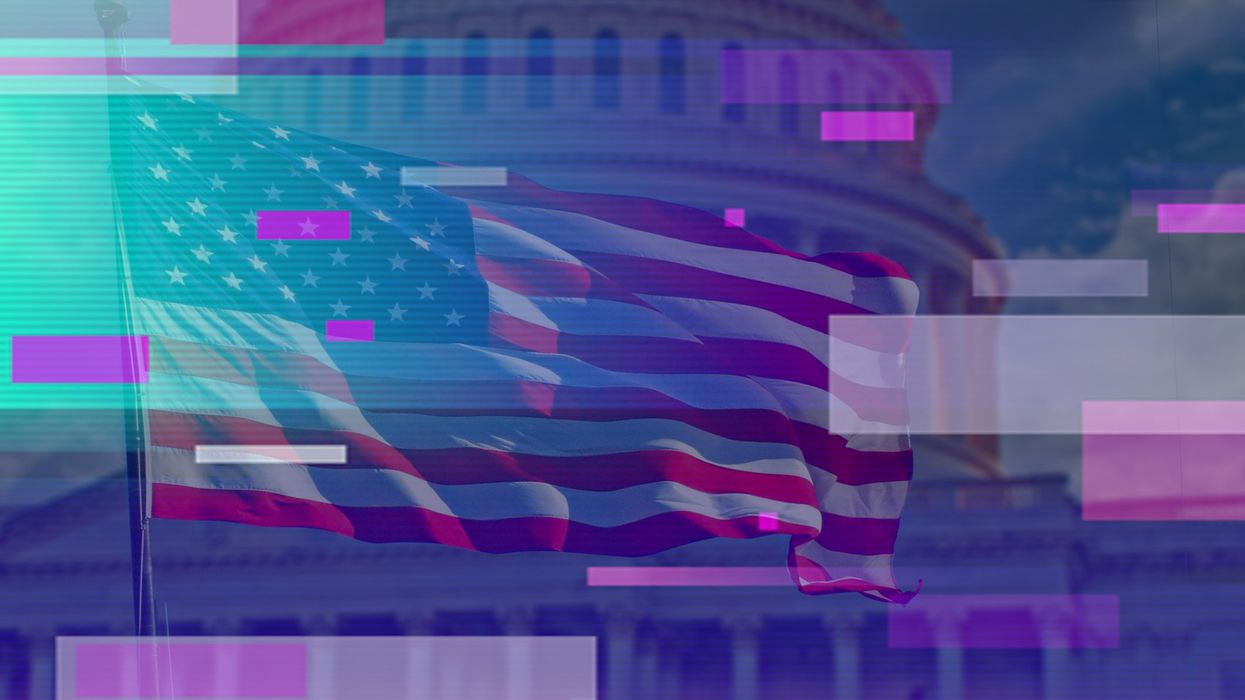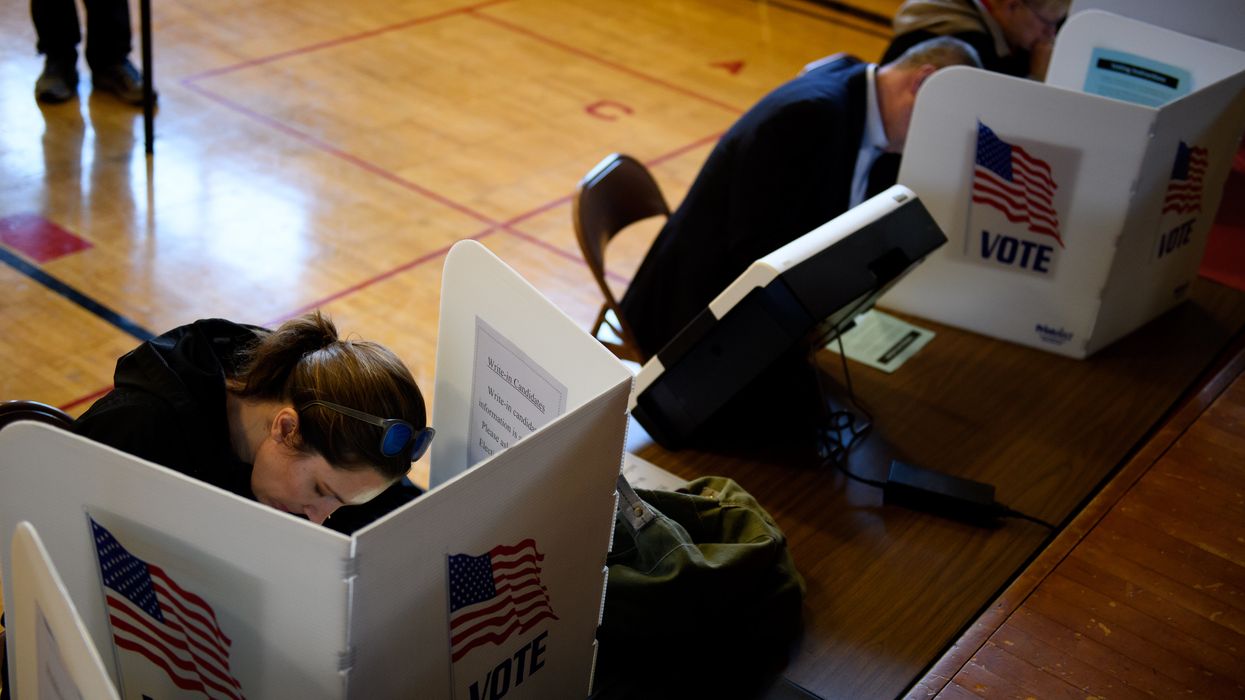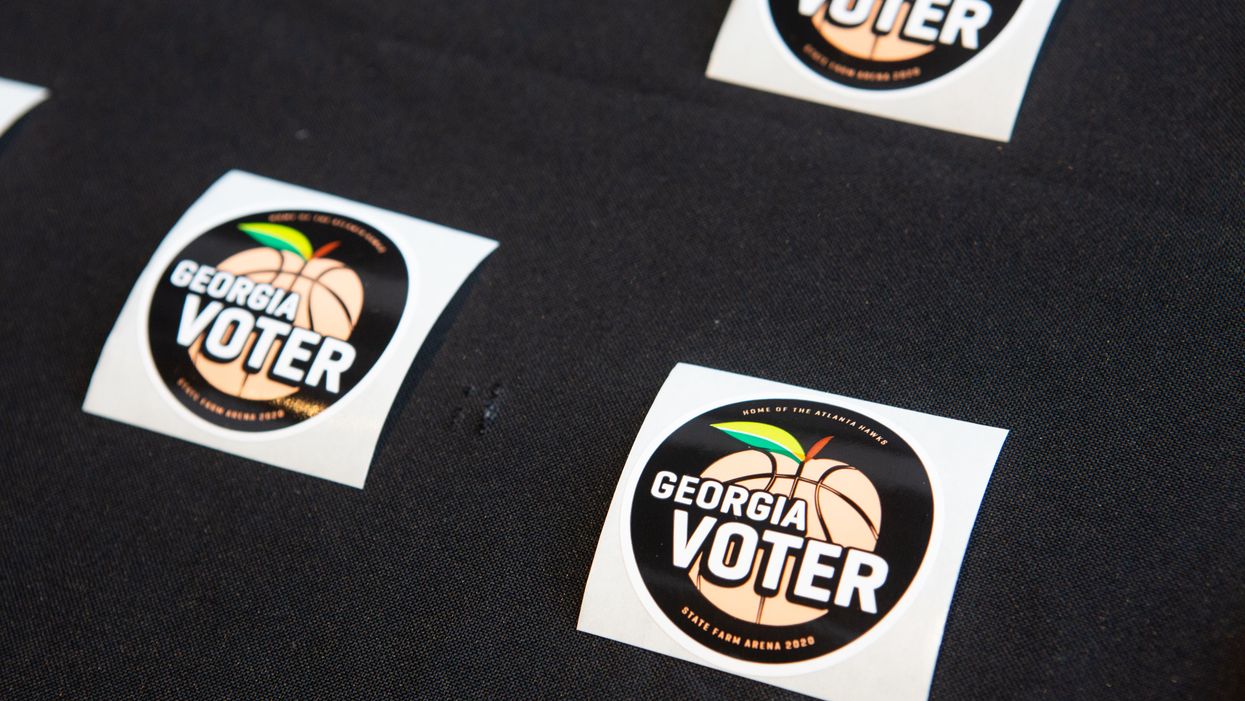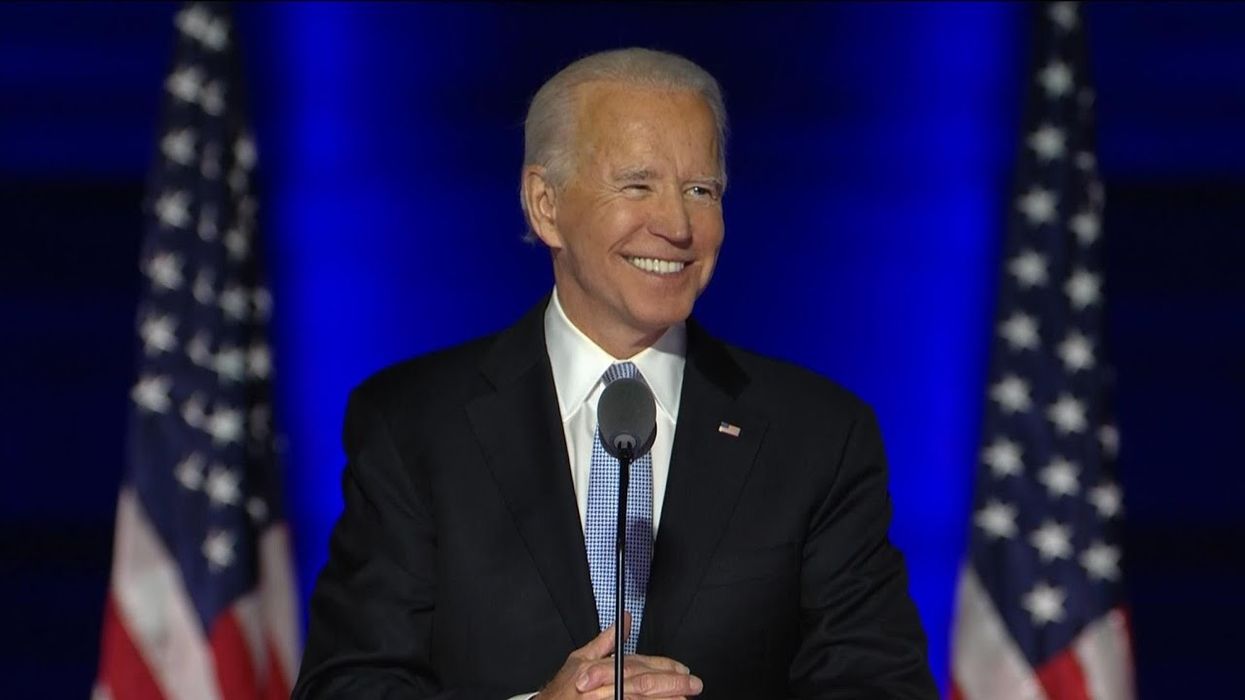With eight days to go until the most important election of our lifetimes, voters are being bombarded with half-truths and outright lies that may confuse the public and suppress the vote. Once again, foreign actors are seeking to disrupt our elections. The FBI recently alleged that Iran hacked into U.S. voter registration data and sent threatening, spoofed emails to voters. There is plenty of domestic misinformation and voter suppression, too — from falsehoods on the president's Twitter account to online campaigns targeting Black and Latino voters. In New Hampshire, the state Republican Party is spreading disinformation about college students' voting rights.
As tempting as it may be to retweet and rave about disinformation, that can be counterproductive. By publicly calling out false claims, we risk elevating the disinformation — and unintentionally spreading it. Instead, here are four concrete steps that the public, election officials, social media platforms and the media can take to combat disinformation.
- Everyone should share accurate information widely and rebut lies without amplifying the lie. For example, if you see disinformation about registration deadlines and voting rules, you should instead share accurate information from a trusted source, like 866ourvote.org, without repeating the misinformation. Voters can also report acts of disinformation to tip lines, such as this service created by Common Cause, which then crafts rapid responses to rebut dangerous, false claims.
- State and local election officials must communicate election rules proactively and clearly. This is especially important if rules or polling locations have changed because of Covid-19. Officials must not only ensure in-person voting is safe, they must also heavily communicate that it is safe. The public must be assured that there are enough poll workers, polling locations and personal protective equipment to keep everyone protected and healthy.
- The media and social media platforms have a role to play in ensuring voters get accurate and timely election information. Rules about election disinformation must be strictly enforced and accurate voting information must be routinely elevated, particularly information from trusted, nonpartisan, reached-based organizations like the Bipartisan Policy Center and the Brennan Center for Justice. Lies must be fact-checked, regardless of who they're coming from.
- Voters with questions or problems should get help from a trusted source like 866-OUR-VOTE. Individuals don't have to sort out disinformation and confusion by themselves. Services like the nonpartisan Election Protection Hotline are standing by to help voters with reliable information and experts who can troubleshoot problems when they're reported.
How to understand Misinformation, Disinformation and Malinformation
In this election, bad actors are indeed pushing disinformation, and it can feel overwhelming. But we all have a role to play so voters have accurate information to make informed choices. By following these best practices, we'll have a free and fair election unmarred by disinformation and voter suppression.
Quentin Palfrey is chairman of the Voter Protection Corps. Read more from The Fulcrum's Election Dissection blog or see our full list of contributors.




